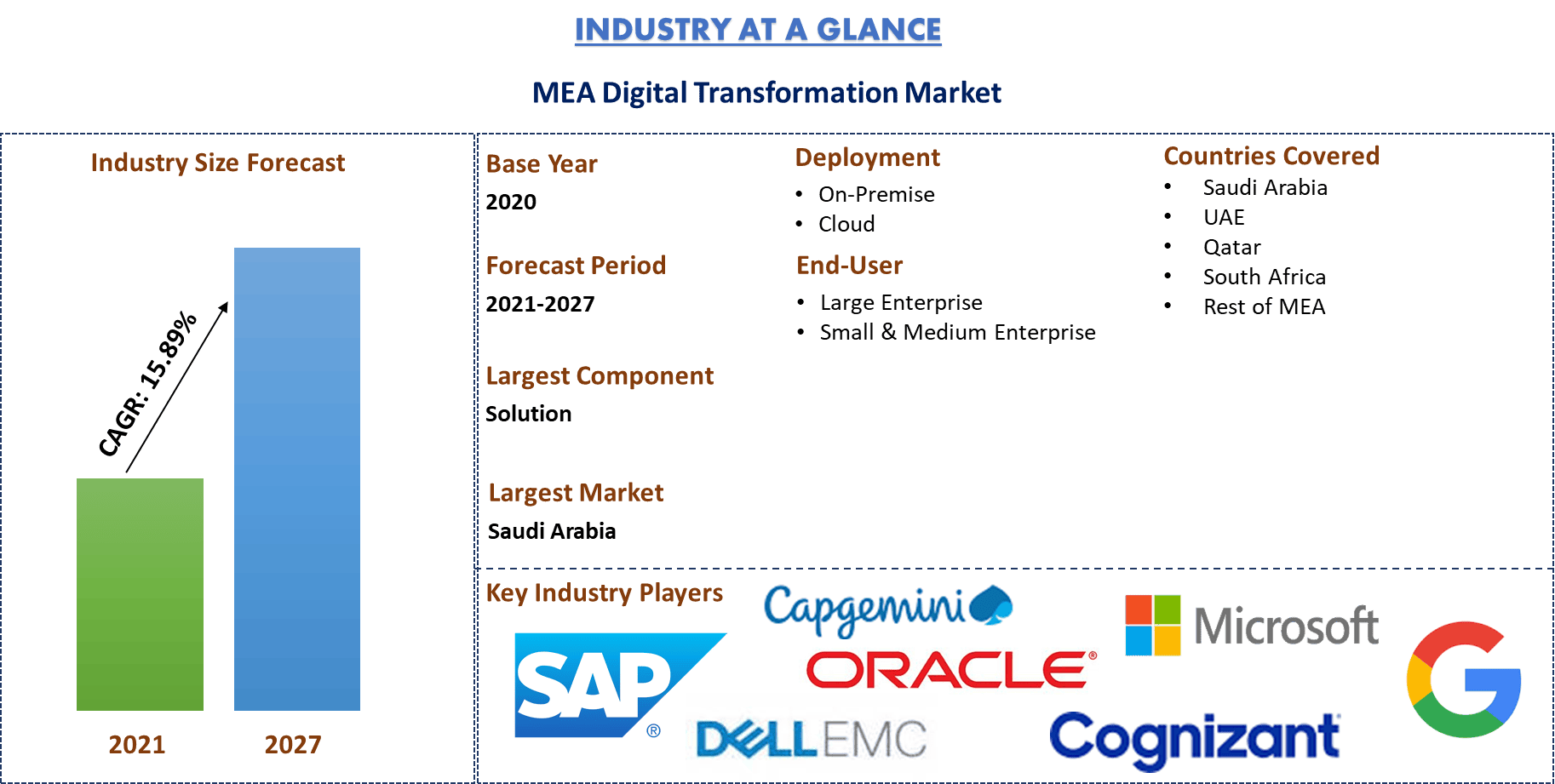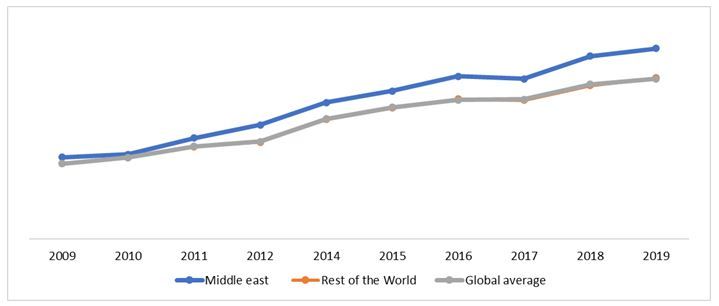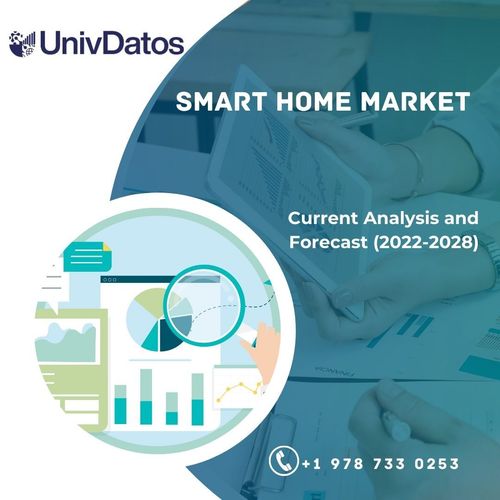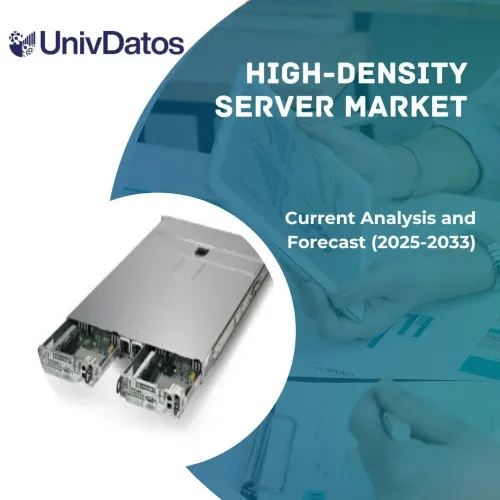- Home
- About Us
- Industry
- Services
- Reading
- Contact Us
MEA Digital Transformation Market: Current Analysis and Forecast (2021-2027)
Emphasis on Component [Solutions (Cloud Computing, Big Data & Analytics, Mobility, Disruptive Technology, Social Media); Services (Professional Services, System Integration)]; by Deployment Type (On-Premises, Cloud); by End-User (Large Enterprises, Small and Medium Enterprises); Industry Verticals (BFSI, Government, Healthcare, Telecom & IT, Automotive, Retail & Consumer Goods, Media & Entertainment, Manufacturing, Other industry) and Country

MEA Digital Transformation Market was valued at US$ 91.3 billion in 2020 and is anticipated to reach US$ 253.5 billion by 2027 displaying an elevated CAGR of 15.89% over the forecast period (2021-2027). Digital transformation is the incorporation of digital technologies into all areas of a business, fundamentally changing how organizations operate and deliver value to customers. It affects all sectors of society. Companies are looking it as an opportunity to radically change their business models by new digital technologies such as social media, smartphones, big data, the Internet of things, and others including AI and blockchain.
Digital transformation is imperative to all businesses, whether small or big. The integration of digital technologies is reshaping every industry, several companies are doing large-scale change efforts in order to capture the benefits of the ongoing digital transformation trend or simply keep up with their competitors. For instance, according to a survey, 82% of large enterprises across the region have launched AI programs by the end of 2019 reflecting the widespread adoption of AI among large companies. While the speed of adoption slightly lags in other regions, 25% of the respondents expect AI to power more than 30% of their business processes in the next 3 years. Furthermore, many organizations are also adopting digital operating models owing to the numerous benefits associated with them.
Another factor driving the growth of the digital transformation market in the MEA region is the Increasing smartphone users & rapid internet penetration. For instance, as of April 2019, the internet penetration rate in the Middle East was 67.2%, while the internet penetration rate for the rest of the world was around 56.8%. Furthermore, Government, including in the GCC, is now embracing industry 4.0, the next industrial revolution based on digital transformation and has formulated various ICT transformation programs and digital-ICT-first sub-strategies across the region. For example, the UAE ICT 2021 Strategy and UAE National Innovation Strategy prioritize digital technology as one of the top seven national sectors, including the application and rapid adoption of new disruptive technologies across sectors.
Internet Penetration Rate in the Middle East Compared to the Global Penetration Rate, 2009-2019
IBM Corporation, Cognizant, SAP SE, Dell Corporation, Microsoft Corporation, Adobe Systems Incorporated, Accenture PLC, Capgemini, Oracle Corporation, and Google Inc are some of the prominent players operating in the MEA digital transformation market. Several M&As along with partnerships have been undertaken by these players to facilitate customers with hi-tech and innovative products.
Insights Presented in the Report
“Amongst component, Solution segment holds the major share.”
Based on the component, the MEA digital transformation market is bifurcated into Solutions and Services. The solution sub-segment is further divided into cloud computing, big data and analytics, mobility, disruptive technology, and social media. Moreover, the Service segment is divided into professional services and system integration. The solution segment dominated the market in 2020. However, the Service segment is expected to witness the highest CAGR growth of 14.9% during the forecast period (2021-2027) owing to the continuously increasing investments in hardware & services across the region.
“Amongst deployment type, cloud dominated the market in 2020.”
Based on Deployment type the market is segmented into On-premises and cloud deployment. The cloud deployment model dominated the market and generated revenue of US$ 50.7 billion in 2020. For instance, in Dubai, more than 70% of startup entities use cloud computing technology in 2019.
“Amongst End-user, large enterprises are expected to dominate the market during the analyzed period.”
Based on end-users the MEA digital transformation market is bifurcated into large enterprises and SME’s. Owing to the high cost of digital technology deployment large enterprises invested most in digital technologies and are rapidly deploying disruptive technologies to automate their operation. Thus, the large enterprise segment is expected to grow with a CAGR of 14.97% to reach a market valuation of US$ 153.8 billion by 2027.
“Amongst industry verticals, Banking Financial Services & Insurance dominated the market in 2020.”
Based on industry vertical, the market is fragmented into BFSI, healthcare, telecom & IT, automotive, education, retail & consumer goods, media & entertainment, manufacturing, government, and others. BFSI segment generated the highest revenue of US$ 21.8 billion in 2020. For instance, according to the leading market intelligence firm, 85% of banks in the region integrated AI by 2020 in a bid to streamline know-your-customer procedures.
“Saudi Arabia represents as the largest markets in the MEA Digital Transformation market.”
For a better understanding of the market penetration of digital transformation, the report provides a detailed analysis of major countries including Saudi Arabia, UAE, Qatar, South Africa & Rest of the MEA. Saudi Arabia dominated the MEA digital transformation market by generating a revenue of US$ 22.4 billion in 2020 and is expected to maintain its dominance, owing to its robust infrastructure and government’s Saudi Arabia Vision 2030-key enabler of digital transformation in the country.
Reasons to buy this report:
- The study includes market sizing and forecasting analysis validated by authenticated key industry experts
- The report presents a quick review of overall industry performance at one glance
- The report covers an in-depth analysis of prominent industry peers with a primary focus on key business financials, product portfolio, expansion strategies, and recent developments
- Detailed examination of drivers, restraints, key trends, and opportunities prevailing in the industry
- The study comprehensively covers the market across different segments
- Deep dive country-level analysis of the industry
Customization Options:
The MEA Digital Transformation Market can further be customized as per the requirement or any other market segment. Besides this, UMI understands that you may have your own business needs, hence feel free to connect with us to get a report that completely suits your requirements.
Table of Content
Analyzing the historical market, estimation of the current market, and forecasting the future of the MEA Digital Transformation Market were the three major steps undertaken to create and analyze the adoption of Digital Transformation across various industry verticals in major MEA countries. Exhaustive secondary research was conducted to collect the historical market numbers and estimate the current market size. Secondly, to validate these insights, numerous findings and assumptions were taken into consideration. Moreover, exhaustive primary interviews were also conducted, with industry experts across the value chain of the digital transformation sector. Post assumption and validation of market numbers through primary interviews, we employed a bottom-up approach to forecast the complete market size. Thereafter, market breakdown and data triangulation methods were adopted to estimate and analyze the market size of segments and sub-segments the industry pertains to. Detailed methodology is explained below:
Analysis of Historical Market Size
Step 1: In-Depth Study of Secondary Sources:
Detail secondary study was conducted to obtain the historical market size of the MEA Digital Transformation through company internal sources such as annual report & financial statements, performance presentations, press releases, etc., and external sources including journals, news & articles, government publications, competitor publications, sector reports, third-party database, and other credible publications.
Step 2: Market Segmentation:
After obtaining the historical market size of the Digital Transformation market, we conducted a detailed secondary analysis to gather historical market insights and share for different segments & sub-segments for major regions. Major segments included in the report are by component, deployment type, end-user, and industry verticals. Further country-level analyses were conducted to evaluate the overall adoption of the Digital Transformation in the MEA region.
Step 3: Factor Analysis:
After acquiring the historical market size of different segments and sub-segments, we conducted a detailed factor analysis to estimate the current market size of Digital Transformation in the MEA region. Further, we conducted factor analysis using dependent and independent variables such as growth of penetration of digital technologies across different industry and various government initiatives in the region. A thorough analysis was conducted for demand and supply-side scenario considering top partnerships, merger and acquisition, business expansion, and product launches in the MEA Digital Transformation industry.
Current Market Size Estimate & Forecast
Current Market Sizing: Based on actionable insights from the above 3 steps, we arrived at the current market size, key players in the MEA Digital Transformation market, and market shares of the segments. All the required percentage shares split, and market breakdowns were determined using the above-mentioned secondary approach and were verified through primary interviews.
Estimation & Forecasting: For market estimation and forecast, weights were assigned to different factors including drivers & trends, restraints, and opportunities available for the stakeholders. After analyzing these factors, relevant forecasting techniques i.e., bottom-up approach was applied to arrive at the market forecast to 2027 for different segments and subsegments across the major countries in the MEA region. The research methodology adopted to estimate the market size encompasses:
- The industry’s market size, in terms of value (US$) and the adoption rate of Digital Transformation across the major markets
- All percentage shares, splits, and breakdowns of market segments and sub-segments
- Key players in the Digital Transformation market in terms of services offered. Also, the growth strategies adopted by these players to compete in the fast-growing market.
Market Size and Share Validation
Primary Research: In-depth interviews were conducted with the Key Opinion Leaders (KOLs) including Top Level Executives (CXO/VPs, Sales Head, Marketing Head, Operational Head, and Regional Head, Country Head, etc.) across major countries. Primary research findings were then summarized, and statistical analysis was performed to prove the stated hypothesis. Inputs from primary research were consolidated with secondary findings, hence turning information into actionable insights.
Split of Primary Participants in Different Regions
Market Engineering
Data triangulation technique was employed to complete the overall market estimation and to arrive at precise statistical numbers of each segment and sub-segment of the MEA Digital Transformation market. Data was split into several segments & sub-segments post studying various parameters and trends in the areas of component, deployment type, end-user, and industry verticals.
The main objective of the Digital Transformation Market Study
The current & future market trends of the MEA Digital Transformation market are pinpointed in the study. Investors can gain strategic insights to base their discretion for investments from the qualitative and quantitative analysis performed in the study. Current and future market trends were determined the overall attractiveness of the market at a country level, providing a platform for the industrial participant to exploit the untapped market to benefit as a first-mover advantage. Other quantitative goals of the studies include:
- Analyze the current and forecast market size of Digital Transformation in terms of value (US$). Also, analyze the current and forecast market size of different segments and sub-segments
- Segments in the study include areas of component, deployment type, end-user, and industry verticals
- Defined analysis of the regulatory framework for the MEA Digital Transformation industry
- Analyze the value chain involved with the presence of various intermediaries, along with analyzing customer and competitor behaviors of the industry
- Analyze the current and forecast market size of the Digital Transformation for the major MEA countries
- Major countries studied in the report include Saudi Arabia, UAE, Qatar, South Africa and Rest of MEA
- Company profiles of the Digital Transformation market players and the growth strategies adopted by them to sustain in the fast-growing market
- Deep dive country level analysis of the industry
Related Reports
Customers who bought this item also bought












